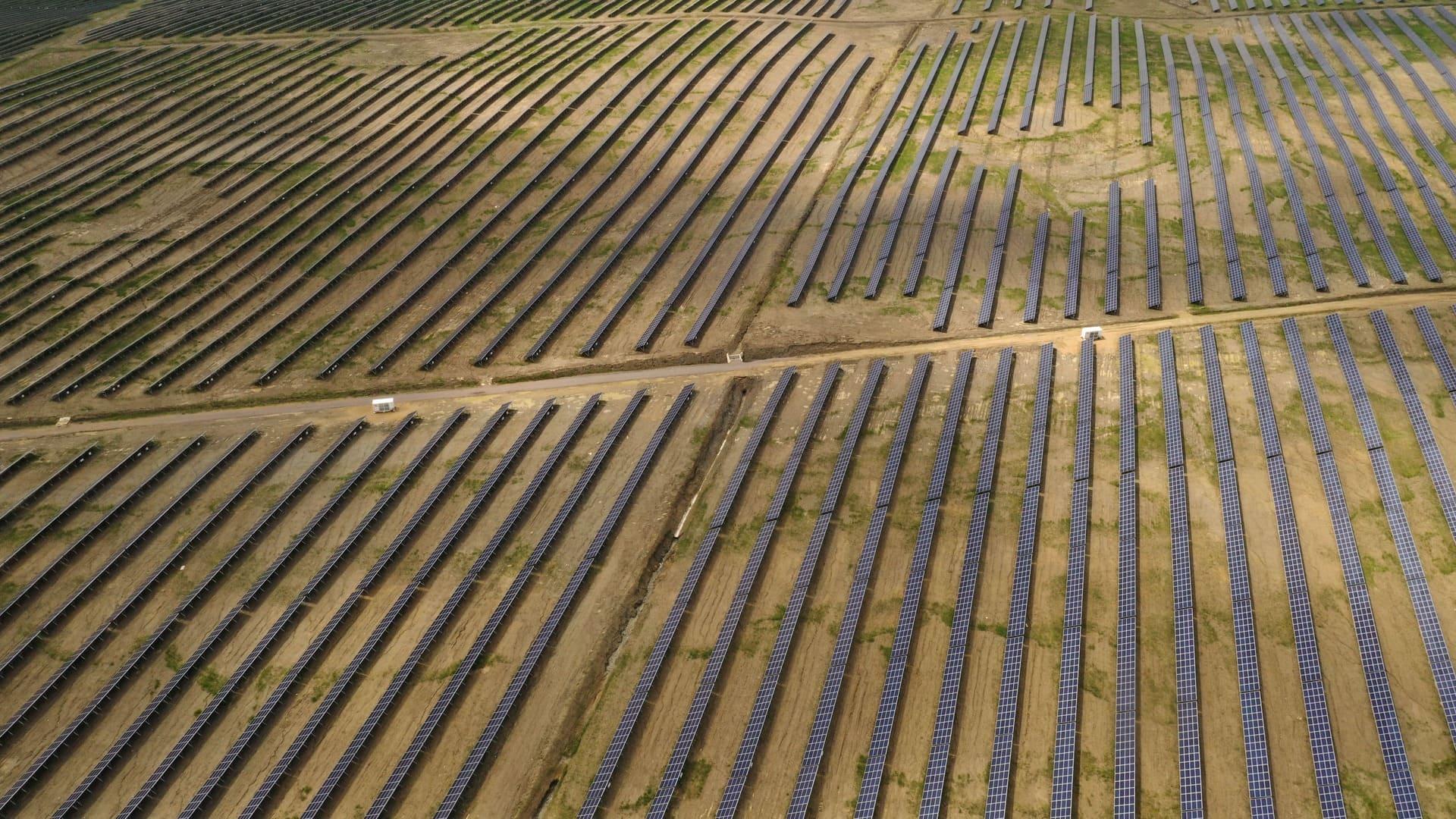Energy loss due to soiling in photovoltaic plants for Nispera

Energy loss due to soiling in photovoltaic plants for Nispera
Project by: Daniel Gisler, Dave Lonsdale, Konstantinos Kirtsonis
 |
 |
 |
| Daniel Gisler | Dave Lonsdale | Konstantinos Kirtsonis |
Nispera AG is a Zurich based company providing data intelligence services for renewable energy plants worldwide. The identification of the issues through the analysis of the operational data provided by the monitoring system is a key factor for asset optimization.
The monitoring systems of the photovoltaic power plants provide a huge amount of data. Consider the picture below, which represents a large PV plant in the Atacama desert in Chile. The extension of the site is approximately 2 square kilometers. Such power plants can have more than one million photovoltaic modules and electrical variables are usually metered for each string.
The monitoring systems of the photovoltaic power plants provide a huge amount of data. Consider the picture below, which represents a large PV plant in the Atacama desert in Chile. The extension of the site is approximately 2 square kilometers. Such power plants can have more than one million photovoltaic modules and electrical variables are usually metered for each string.
The ability to handle a big amount of data and to extract info in order to identify problems is an important challenge for this technology. Many failures, like string mismatch, hot-spots, soiling, can not be directly identified due to the lack of specific sensors.
Project details
This project is focused on the analysis of the soiling losses. The term 'soiling' is used to describe the accumulation of several elements (snow, dirt, dust, etc.) on PV panels. These debris partially capture the sunlight, decreasing the performance of the PV panel. Energy losses due to soiling can vary greatly depending on the location of the PV plant and on the frequency of precipitations, with normal values ranging between 2-7% of the energy production in a PV plant.
The first milestone in the project was to detect and filter different kinds of losses from the data, that are not related to soiling. In a second step, our students developed a method in order to identify the trend of the soiling ratio over time and define a method to quantify the energy losses due to soiling. The available data for the analyses were:
The first milestone in the project was to detect and filter different kinds of losses from the data, that are not related to soiling. In a second step, our students developed a method in order to identify the trend of the soiling ratio over time and define a method to quantify the energy losses due to soiling. The available data for the analyses were:
- 1 year of historical data of production at string level, with 5-min resolution
- 1 year of historical data of irradiation, with 5-min resolution
- Time period of the last full cleaning of all the modules of the PV plant
The main part of this project consisted in acquiring the required domain knowledge to understand and separate the different physical scenarios buried within a substantial amount of data. Beside reading scientific papers on the topic this was supported by continuous support by the team from Nispera. The focus of the project was on explorative analysis and building a data processing pipeline. For this purpose the team developed a Python framework for systematically cleaning, processing and visualizing the available data.
Conclusion
Identified next steps include that the test facility is currently being cleaned, which will provide a baseline reference for the work to date. To continue the project, more data (in unsaturated periods), nonlinearity (study of observation, focus on temperature parameters), clustering (further development of ML techniques), toolkit (further development of additional physical models) are needed and need to be explored.Quantifying the soiling loss based on pure string output measurement data would be, indeed, of big interest for Nispera and is - up to their knowledge - not available in the market so far.
Nispera AG
Ricardo Segundo says:
Nispera has been collaborating with SIT Academy since February 2019, through a series of successful 4-week capstone projects. We are very pleased with this partnership - for most of the projects (66%) we were able to integrate the students into the company, first as interns and then as full-time collaborators. This latest project was the culmination of a series of studies regarding losses in large scale photo-voltaic (PV) solar plants, where we were able to gain new insights and fresh perspectives from the students' hard work and innovative approach.
Hello world